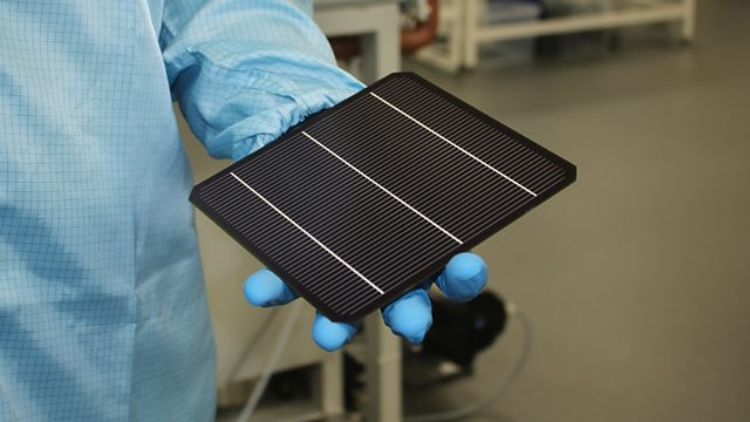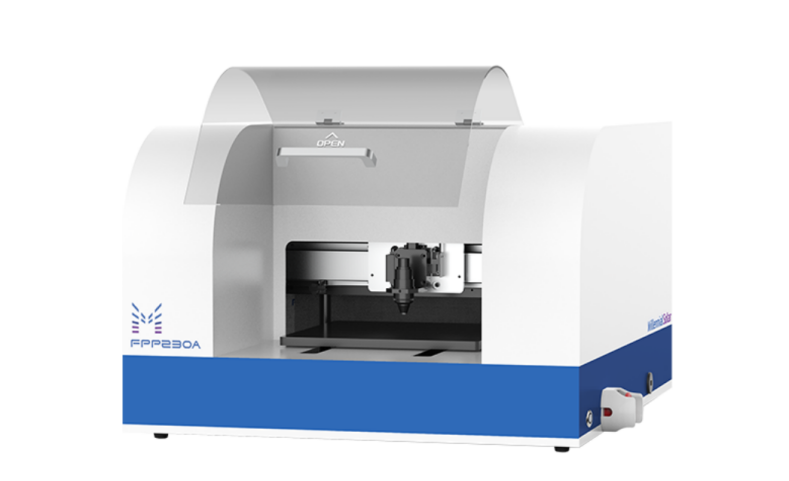
量子效率测试仪
PL/EL一体机
Sinton硅片少子寿命测试仪
Sinton硅块少子寿命测试仪
绒面反射率测试仪
3D共聚焦显微镜
清洗制绒工作站
在线四探针方阻测试仪
全自动扫描四探针方阻测试仪
在线薄膜厚度测试仪
晶化率测试仪
Horiba显微共焦拉曼光谱仪
傅里叶红外光谱仪
霍尔效应测试仪
分光光度计
全光谱椭偏仪
Horiba椭圆偏振光谱仪
TLM接触电阻率测试仪
超景深显微镜
网版智能影像测量仪
全自动影像测量仪
卧式拉力机
电池片稳态光衰老化试验箱
电池片紫外老化试验箱
电池片拉脱力综合测试仪
外观检验台
湿漏电测试系统
组件实验室EL测试仪
紫外老化试验箱
稳态光衰老化试验箱
电流连续性监测系统
PID测试系统
旁路二极管测试系统
LeTID测试系统
反向电流过载系统
脉冲电压测试系统
绝缘耐压测试仪
接地连续性测试仪
绝缘耐压接地测试仪
湿热环境试验箱
湿冻环境试验箱
热循环试验箱
动态机械载荷测试机
静态机械载荷测试机
冰雹冲击试验机
引出端强度试验机
霰弹冲击试验机
抗划伤(切割)测试机
剥离试验机
万能材料试验机(单臂)
万能材料试验机(双臂)
光伏玻璃透过率测试仪
醋酸测试试验箱
交联度测试系统
二极管接线盒综合测试仪
落球冲击试验机
半自动四探针
全自动探针式台阶仪
多通道太阳能MPPT系统
Horiba稳瞬态荧光光谱仪
钙钛矿P1激光划线测试仪
钙钛矿在线膜厚测试仪
钙钛矿工艺检测工作站
手持式IV测试仪
便携式EL测试仪
手持热成像测试仪
户外组件IV测试仪
户外组件多通道测试系统
光伏逆变器电能质量测试仪
无人机EL检测仪
美能光伏科普 | 化学气相沉积与物理气相沉积的差异
日期:2023-12-25浏览量:15
在太阳能电池的薄膜沉积工艺中,具有化学气相沉积(CVD)与物理气相沉积(PVD)两种薄膜沉积方法,电池厂商在沉积工艺中也需要根据太阳能电池的具体问题进行针对性选择,并在完成薄膜沉积工艺后通过高科技的检测设备来进行系统检测。为此,「美能光伏」生产了美能四探针电阻测试仪,该设备可获得不同样品位置的方阻/电阻率分布信息,并最大对220mm的样品进行快速、自动的扫描,从而评估其电池是否达到理想的光电转换率。

![]()
化学气相沉积与物理气相沉积的差异
化学气相沉积与物理气相沉积虽然都是利用气相中的物质在固体表面上形成薄膜的过程,但是它们在原理、特点和应用方法会有所不同。
![]()
化学气相沉积与物理气相沉积的原理差异
化学气相沉积的原理是利用气态或蒸汽态的物质在气相或气固界面上发生化学反应,生成固态沉积物,并在基体表面上形成薄膜。化学气相沉积的反应物质通常是含有目标元素的化合物,例如SiH4、NH3、CH4等,它们在一定的温度、压力和催化剂的作用下,在基体表面上分解或反应,释放出氢气或其他副产物,同时沉积出目标元素或化合物。CVD的反应可以在常压或低压下进行,也可以利用等离子体或光辐射等方法增强反应活性。

物理气相沉积的原理是利用物理的方法,如蒸发、溅射等来使镀膜材料汽化,在基体表面上沉积成膜的方法。物理气相沉积的镀膜材料通常是纯金属或化合物。它们在真空或低压的条件下,通过加热、电子束、离子束、激光等方式,从源头蒸发或溅射出原子或分子,然后在基体表面上凝聚,形成薄膜。物理气相沉积的过程中没有发生化学反应,沉积前后的物质都是一样的。
![]()
化学气相沉积与物理气相沉积的特点差异
化学气相沉积与物理气相沉积在特点方面也具有较大差异。
薄膜质量:化学气相沉积可以得到纯度高、致命性好、残余应力小、结晶良好的薄膜,而物理气相沉积可以得到硬度高、强度高、热稳定性好、耐磨性好、化学性能稳定、摩擦系数低的薄膜。化学气相沉积的薄膜质量受到反应条件、反应物质、反应机理等因素的影响,而物理气相沉积的薄膜质量受到沉积能量、沉积速率、沉积温度等因素的影响。
薄膜均匀性:化学气相沉积可以得到厚度和成分均匀的薄膜,而物理气相沉积的薄膜厚度和成分均匀性较差。化学气相沉积的薄膜均匀性主要取决于气体的流动和扩散,而物理气相沉积的薄膜均匀性主要取决于沉积角度和距离。
台阶覆盖性:化学气相沉积可以得到台阶覆盖性好的薄膜,而物理气相沉积的台阶覆盖性较差。化学气相沉积的台阶覆盖性主要取决于反应物质的扩散和反应速率,而物理气相沉积的台阶覆盖性主要取决于沉积粒子的方向性和能量。
沉积速率:物理气相沉积可以得到沉积速率高的薄膜,而化学气相沉积的沉积速率较低。物理气相沉积的沉积速率主要取决于源头的蒸发或溅射速率,而化学气相沉积的沉积速率主要取决于反应物质的供应和反应速率。
沉积温度:化学气相沉积需要较高的沉积温度,而物理气相沉积可以在较低的沉积温度下进行。化学气相沉积的沉积温度主要取决于反应物质的分解或反应温度,而物理气相沉积的沉积温度主要取决于源头的蒸发或溅射温度。
环境污染:化学气相沉积会产生一些有害的气体或液体,造成环境污染,而物理气相沉积的过程中没有产生有害的物质,是一种绿色的制备技术。化学气相沉积的环境污染主要来自于反应物质和反应产物的处理,而物理气相沉积的环境污染主要来自于真空系统的维护。
![]()
美能四探针电阻测试仪

商务联系:张经理 400-008-6690
美能四探针电阻测试仪可以对最大230mm的样品进行快速、自动的扫描,获得样品不同位置的方阻/电阻率分布信息,可广泛应用于光伏、半导体、合金、陶瓷等诸多领域。
● 超高测量范围,测量0.1MΩ~100MΩ
● 高精密测量,动态重复性可达0.2%
● 全自动多点扫描,多种预设方案亦可自定义调节
● 快速材料表征,可自动执行校正因子计算
化学气相沉积与物理气相沉积是两种不同的太阳能电池薄膜制备技术,它们各有优缺点,适用于不同的材料、结构和应用。在实际的薄膜制备过程中,往往需要根据具体的需求,选择合适于具体情况的制备技术,从而实现高质量生产,并在生产结束使用美能四探针电阻测试仪对薄膜进行检测,从而实现科学使用!




































































